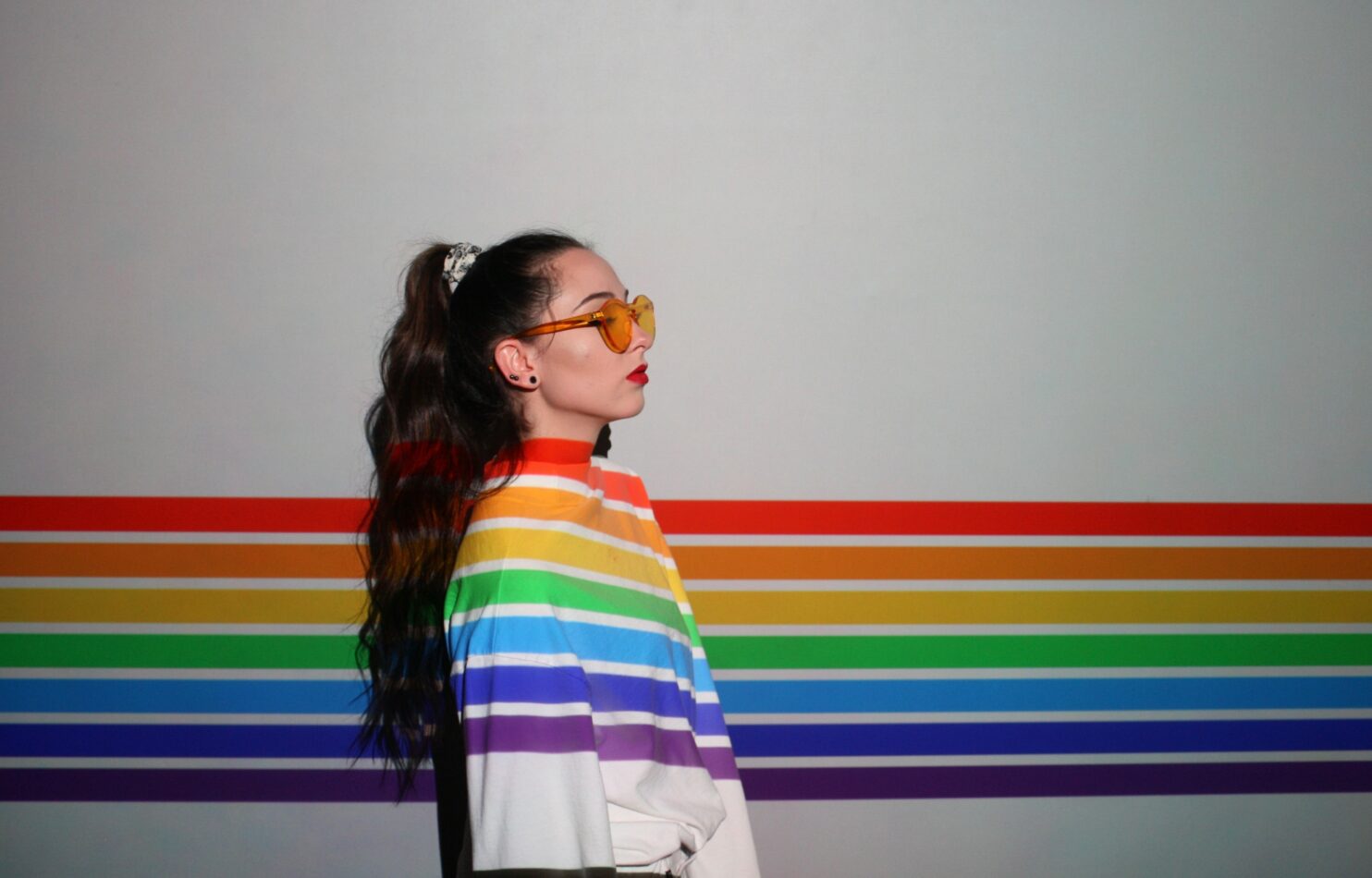Since fashion is rooted in individualism, it provides the LGBTQIA+ community with the freedom of originality as of self-expression. The fashion industry has the ability to make people who do not conform to societal norms of gender feel accepted. From showing diversity in product offers to featuring a wide range of people in marketing campaigns, the fashion community is welcoming evolution and inclusivity in fashion. As the industry celebrates another Pride month, we will delve into what gender fluidity in fashion looks like and how it is changing the industry for the better.
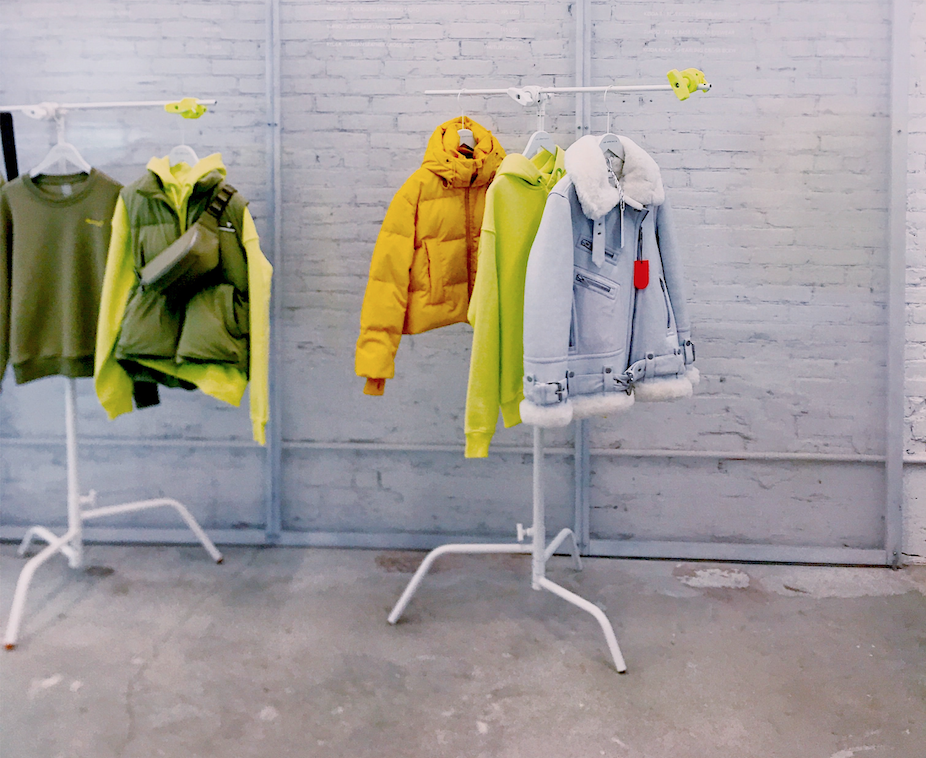
The Gender Construct
While gender is a social, psychological, and cultural construct, our motivation for polarizing gender is influenced by sex, which is the biological dichotomy of male and female. Perceiving gender relations as more than men and women “dressing their parts” is better understood by viewing gender as a fluid concept. Clothing itself is not inherently gendered, rather society norms have previously determined certain garments are for certain people. These limiting ‘rules’ are becoming increasingly challenging, with a newfound confidence in one’s own uniqueness.
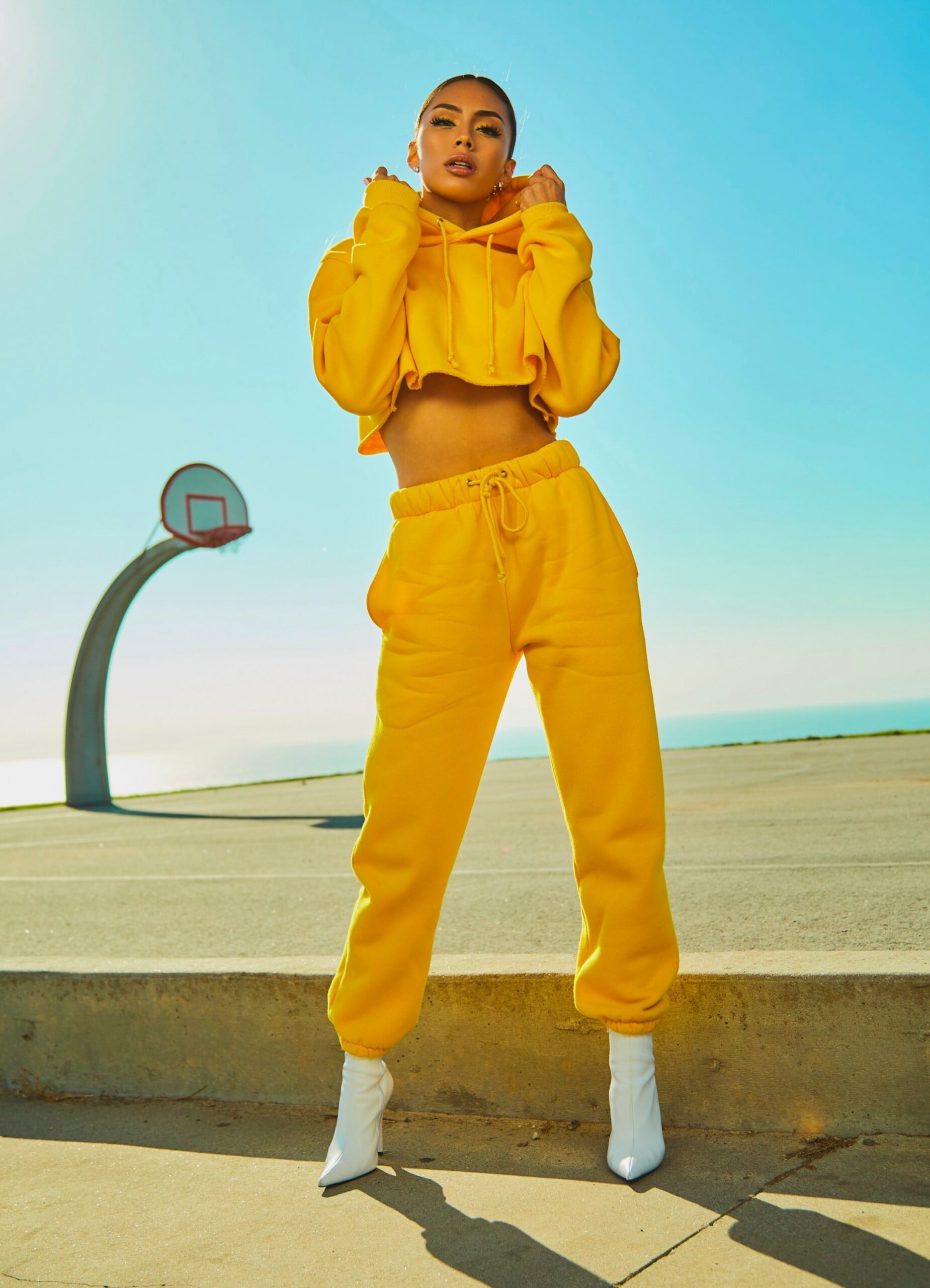 Evolution
Evolution
Fashion has always been about being unique and deviating from the norm. Historically, high fashion has existed beyond the realm of practicality. Unwearable, extravagant garments bordering on absurdity have earned haute couture a reputation often for being strange. In a more recent scope, high fashion designers have ventured out to show men’s and women’s collections together. As a progressive movement, streetwear exploded, and unisex really found its footing in the industry. Streetwear from Off-White, Supreme, and Bape, are some recently popular examples of how gender distinctions can be dissolved in the retail world. Many who identify as women have been quick to put on baggy pants and oversized hoodies that were designed with men in mind.
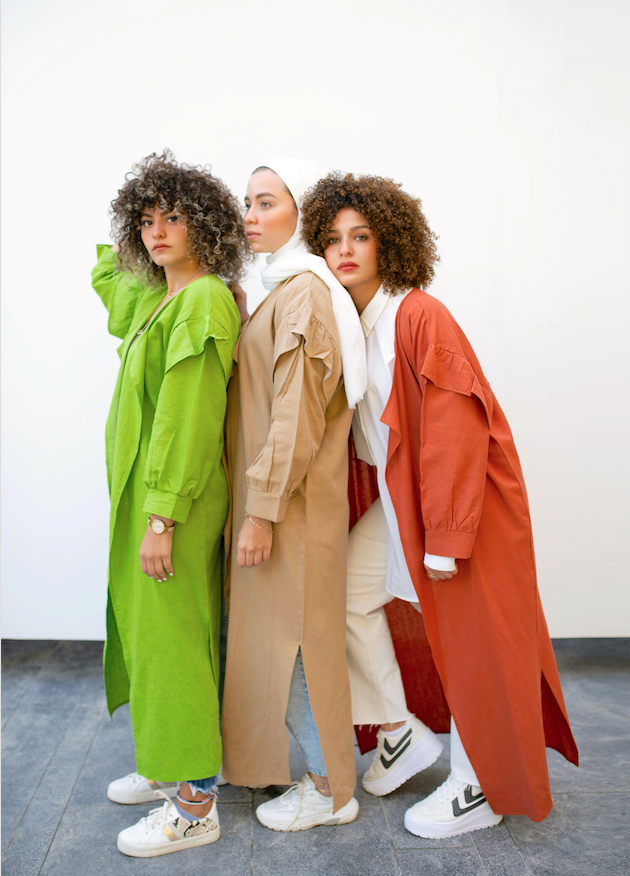 Today
Today
Gender-neutral fashion is heavily influenced by younger, Gen Z consumers who are more vocal when it comes to expressing themselves and what they stand for. They are thinking creatively and outside of the box. A 2021 study done by gallop concluded that 1 in 6 adults in Generation Z (those born between 1997 and 2002) identify as something other than heterosexual (CBS news). Designers are often a conduit for social dynamics, responsive to change and reactive to current situations. Rethinking gender expression through clothing, and understanding individuals not wanting to be boxed into a gender emerges from observing Millennials and Generation Z on the street. This blurring can also be seen in moments of youthful rebellion, such as in the 60s, 70s, and NOW! Brands are shifting their focus now to reaching a new audience that has put less importance on traditional gender roles and instead values integrity and authenticity.
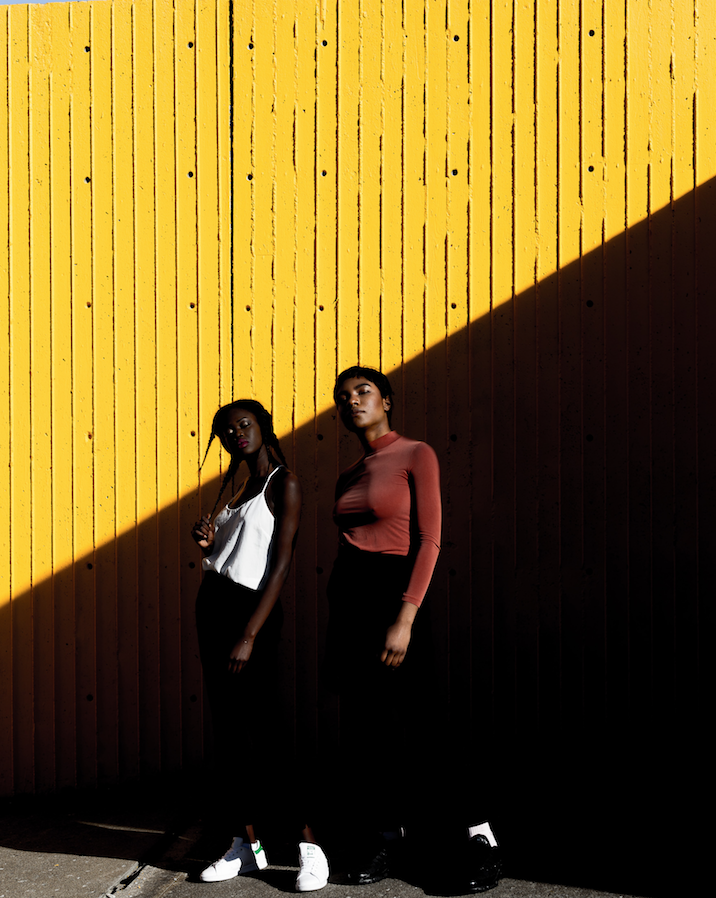 Diversity Challenge
Diversity Challenge
In this rapidly evolving world, brands may find themselves behind the curve if they have overlooked incorporating diversity and inclusion into their core values. Brands are moving away from utilizing diversity to be fashionable and moving toward radical inclusivity as a core principle that supports the fashion industry’s goal. This entails doing more than just including a token Black or Brown model in campaigns. By doing this, it enables businesses to reach out to a larger audience and allows customers to identify with the brands in which they buy into. When it comes to the models featured in publications and campaigns, major fashion magazines and brands wield significant cultural influence. It is important for these companies to recognize these societal shifts and promote diversity through the models they choose and the talent they showcase. Street casting is becoming more and more popular, which makes fashion increasingly more accessible. Perfection is dull – people want to see what’s real!
Who’s Doing It Right?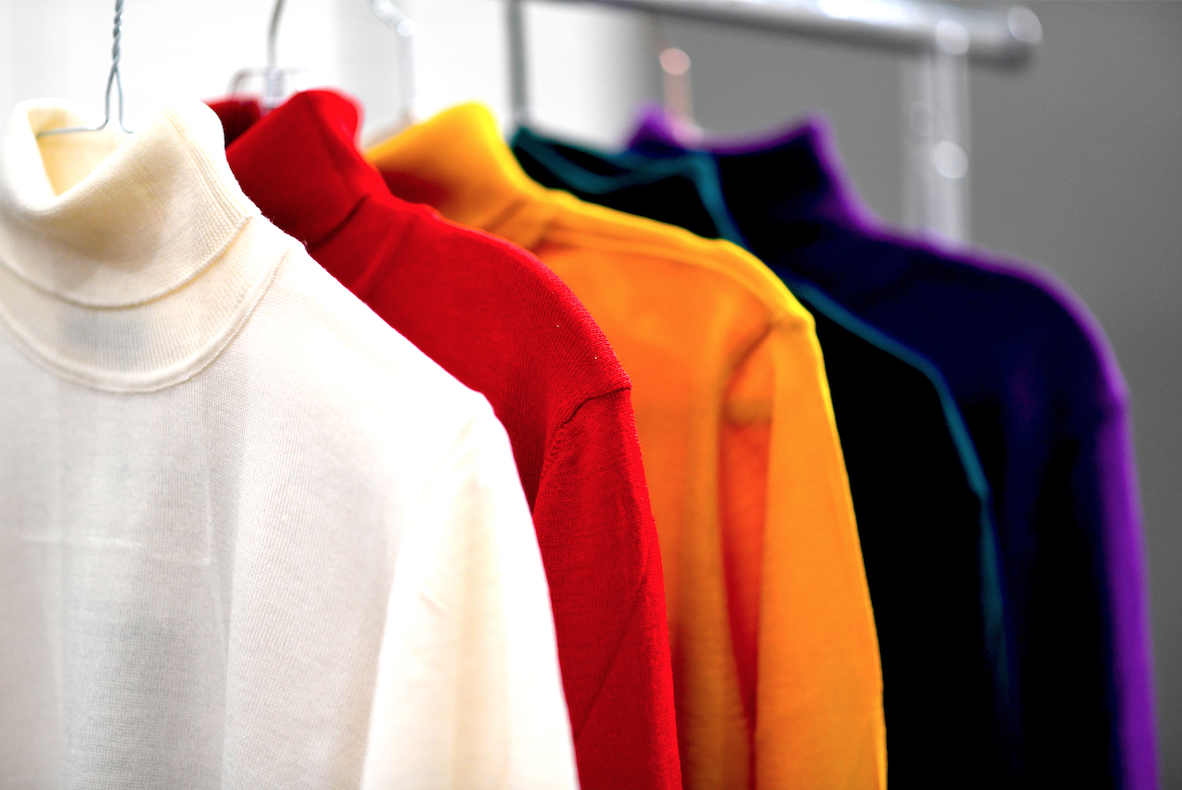 As brands take steps towards being more inclusive, some entirely gender-neutral brands have emerged such as Telfar, Nicopanda, Agender, and One DNA. These brands do not market any of their clothing to a specific gender, instead demonstrating that anyone, regardless of gender identity, can wear anything. Each of these businesses shares a common goal: to provide and promote inclusive clothing in the fashion world-in their own unique way. This is how the fashion industry has tried to eliminate gender norm assumptions by producing unisex clothes and removing features of clothing that are considered masculine or feminine.
As brands take steps towards being more inclusive, some entirely gender-neutral brands have emerged such as Telfar, Nicopanda, Agender, and One DNA. These brands do not market any of their clothing to a specific gender, instead demonstrating that anyone, regardless of gender identity, can wear anything. Each of these businesses shares a common goal: to provide and promote inclusive clothing in the fashion world-in their own unique way. This is how the fashion industry has tried to eliminate gender norm assumptions by producing unisex clothes and removing features of clothing that are considered masculine or feminine.
Conflicting Views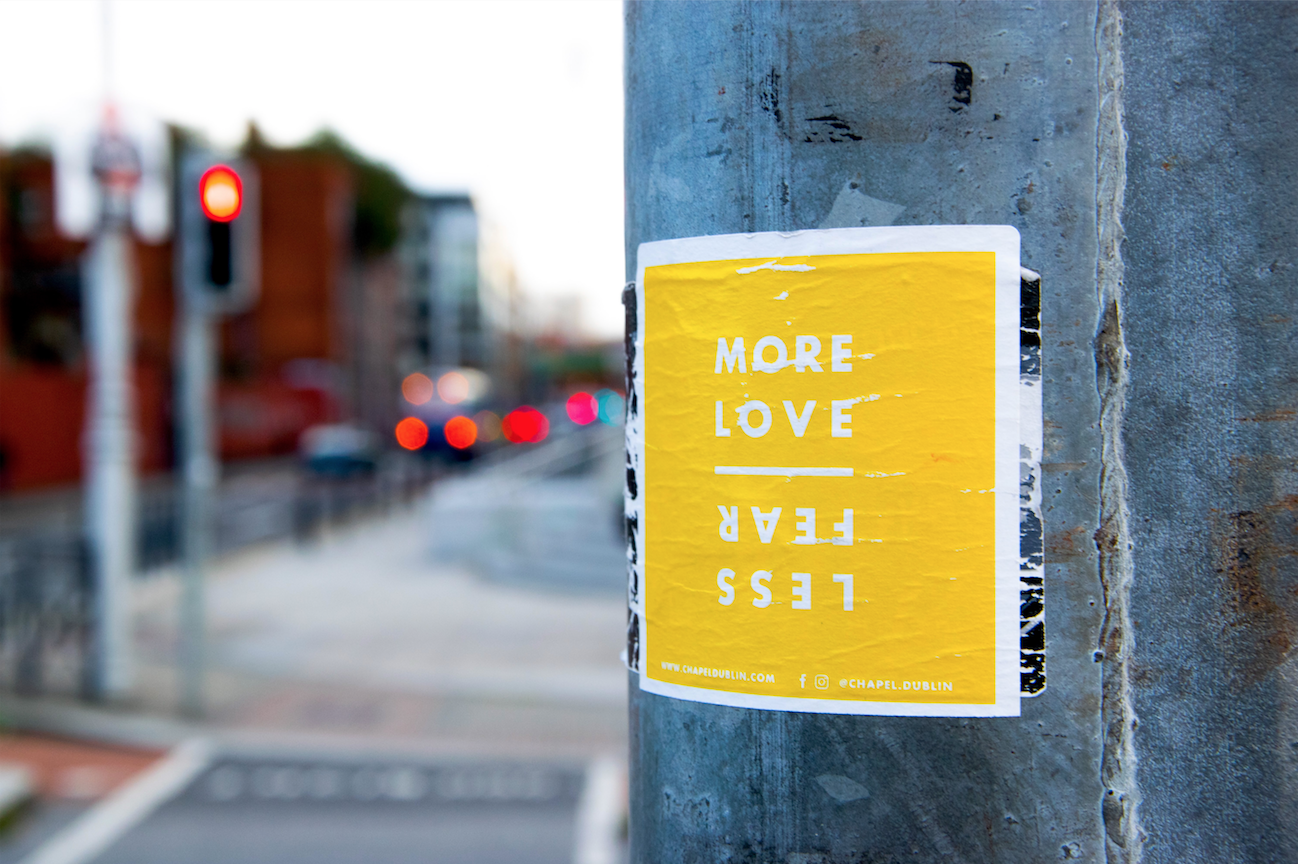 There is a belief that fashion correlates with biological sex, thereby making clothes inherently male or female. This is the heart of the issue against gender-fluid fashion. Stereotypically, girls wear dresses, and men wear suits. As we stray away from this, it becomes clear that these old ways of thinking are merely societal constructs that had been put in place. We continue to break down these norms and allow for individuality to shine through. Attempts to completely separate men’s and women’s clothing exclude a subset of people who do not adhere to gender constraints. By separating fashion this way, self-expression through clothing is limited and does not always reflect the social classifications, or lack thereof, with which people chose to identify.
There is a belief that fashion correlates with biological sex, thereby making clothes inherently male or female. This is the heart of the issue against gender-fluid fashion. Stereotypically, girls wear dresses, and men wear suits. As we stray away from this, it becomes clear that these old ways of thinking are merely societal constructs that had been put in place. We continue to break down these norms and allow for individuality to shine through. Attempts to completely separate men’s and women’s clothing exclude a subset of people who do not adhere to gender constraints. By separating fashion this way, self-expression through clothing is limited and does not always reflect the social classifications, or lack thereof, with which people chose to identify.
 The Future
The Future
The fashion industry has come a long way in recent years with the
steps taken towards inclusivity. As a society, a point has been reached where inclusion is not a trend but a solution, and the “norm” is now defined by the wide range of skin tones, body types, and gender identities. With a better representation of people at the intersections of these identities, it has become an important step. Fashion has always mirrored the social landscapes of the time, and this month the industry can take pride in the evolution of how brands are reflecting and reacting to these changes.
Hanna Kakouris is a senior at the University of Missouri majoring in fashion marketing. As an intern for Stars Design Group, she aspires to bring her retail and social media experience to assist and grow the marketing team. With a diverse background, she is currently focusing on her passion for fashion and hopes to find a niche in the industry while working with Stars.
is a senior at the University of Missouri majoring in fashion marketing. As an intern for Stars Design Group, she aspires to bring her retail and social media experience to assist and grow the marketing team. With a diverse background, she is currently focusing on her passion for fashion and hopes to find a niche in the industry while working with Stars.

